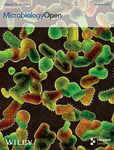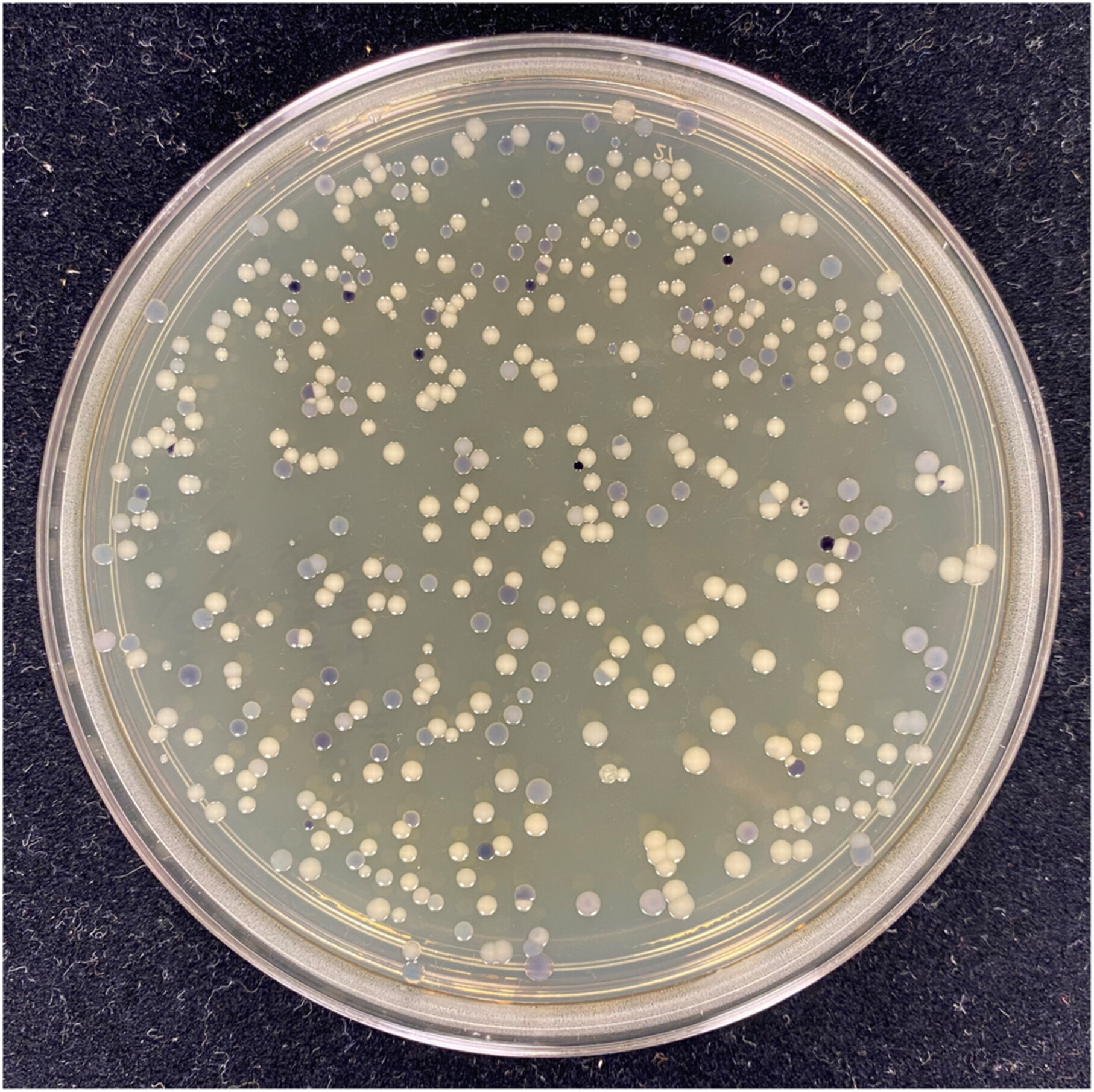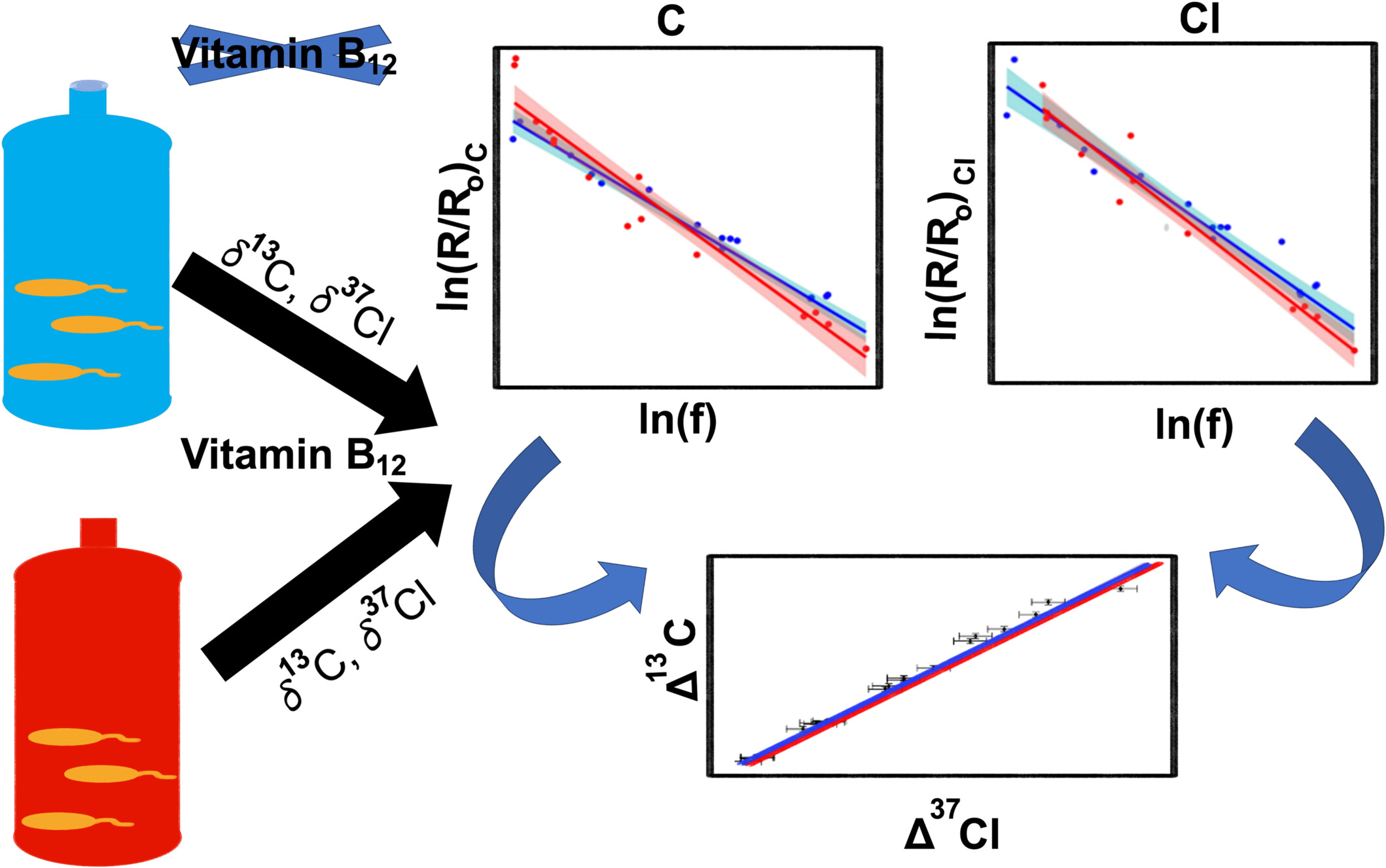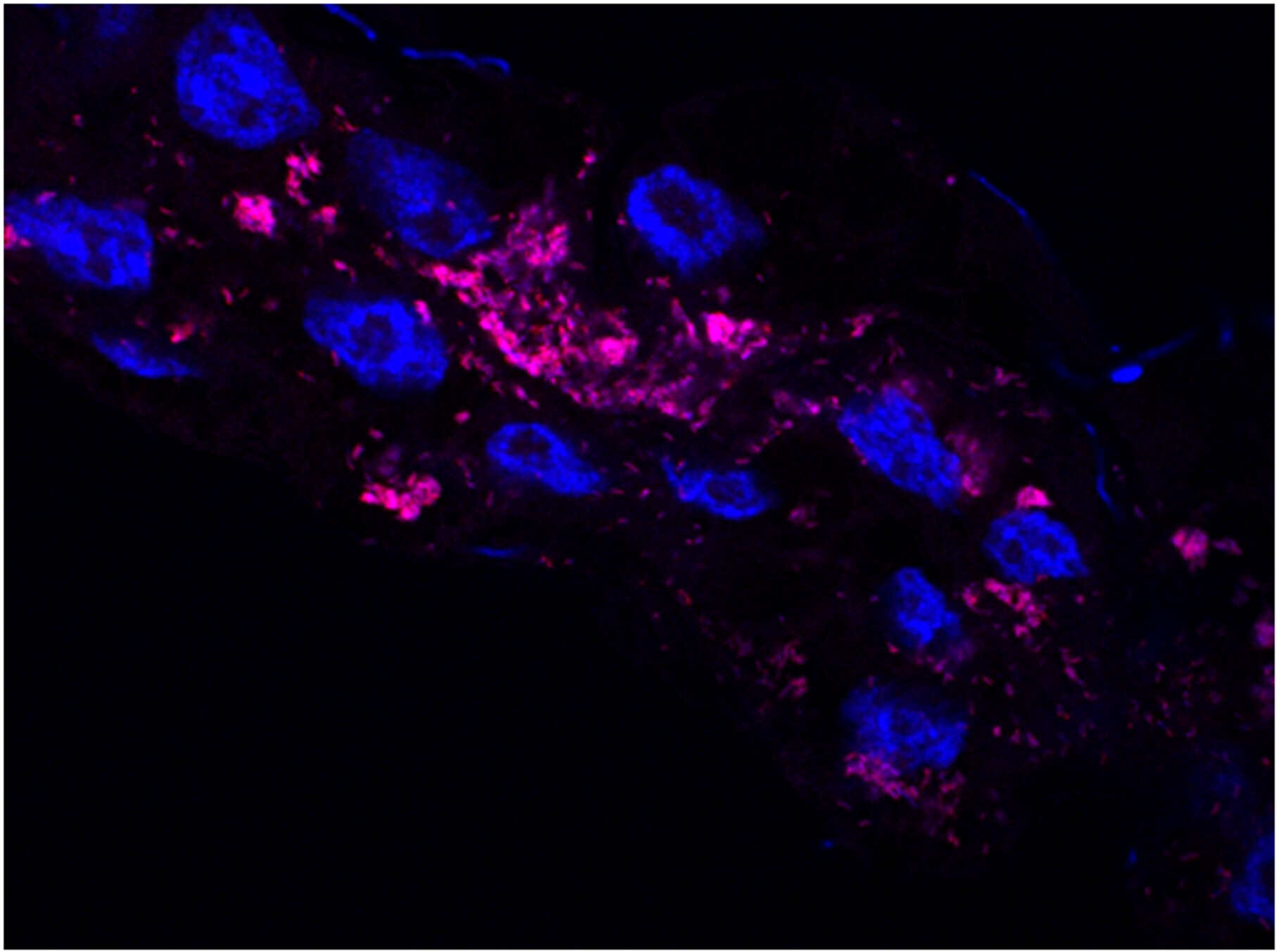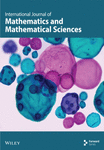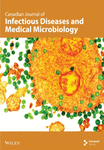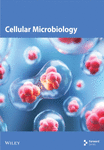Journal list menu
Export Citations
Download PDFs
ISSUE INFORMATION
ORIGINAL ARTICLE
A deoxyviolacein-based transposon insertion vector for pigmented tracer studies
- First Published: 10 July 2024
Differential association of key bacterial groups with diatoms and Phaeocystis spp. during spring blooms in the Southern Ocean
- First Published: 09 August 2024
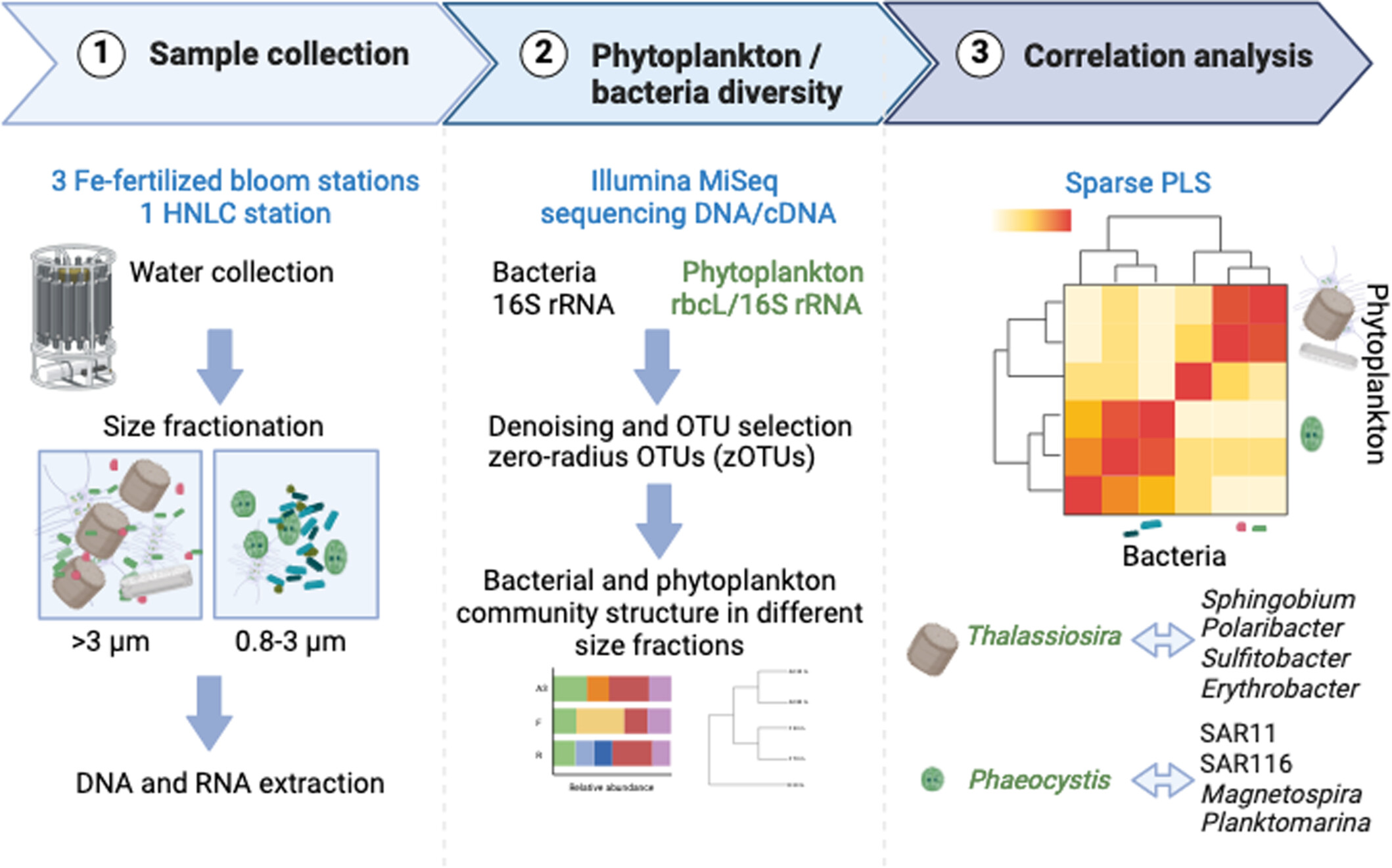
We used rbcL and 16S rRNA gene sequencing to characterize phytoplankton and bacterial communities in size-fractionated samples. Our correlation analysis between the most abundant phytoplankton and bacterial operational taxonomic units revealed distinct bacterial groups associated with the dimethylsulfoniopropionate (DMSP) producer Phaeocystis, including SAR11, SAR116, Magnetospira, and Planktomarina, or the diatom Thalassiosira, including Polaribacter, Sulfitobacteria, Erythrobacter, and Sphingobium. These results suggest unique associations between phytoplankton and bacterial taxa, which could play significant roles in nutrient cycling in the Southern Ocean.
Vitamin B12 as a source of variability in isotope effects for chloroform biotransformation by Dehalobacter
- First Published: 27 August 2024
Extraction of high-molecular-weight DNA from Streptococcus spp. for nanopore sequencing in resource-limited settings
- First Published: 21 August 2024
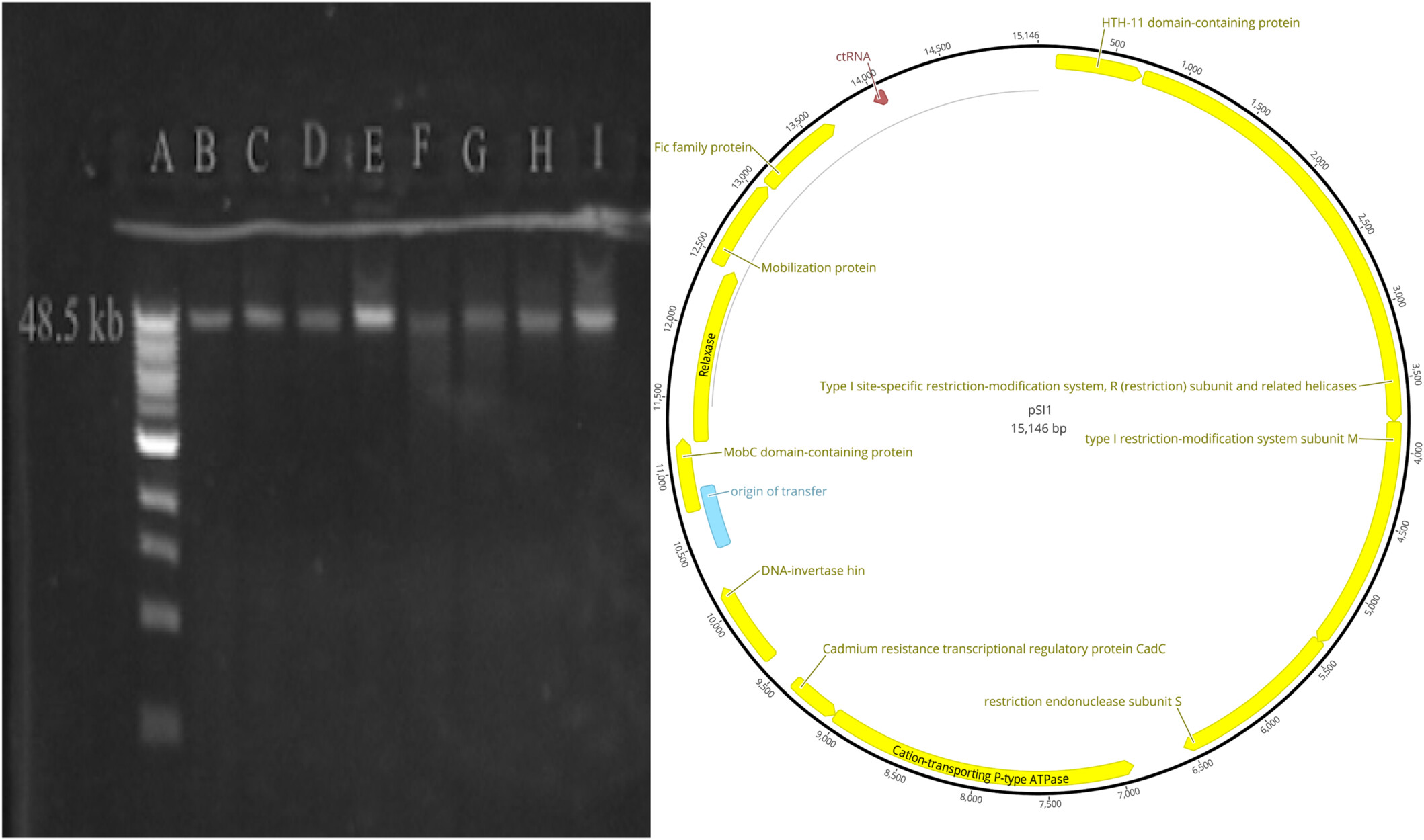
A method for extracting high-molecular-weight DNA from Streptococcus spp., suitable for resource-limited settings, was optimized. The extracted DNA was used for nanopore whole-genome sequencing. This sequencing technique is valuable for the rapid diagnosis of diseases in warm water aquaculture, such as streptococcosis, under field conditions in low- and middle-income countries. It provides near real-time information on species, serotype, and the presence of plasmids. This was demonstrated by the discovery of a 15 kb low copy number mobilizable plasmid in Streptococcus iniae, the first reported in this species, which we named pSI1.
Exploring the resilience and stability of a defined human gut microbiota consortium: An isothermal microcalorimetric study
- First Published: 08 August 2024
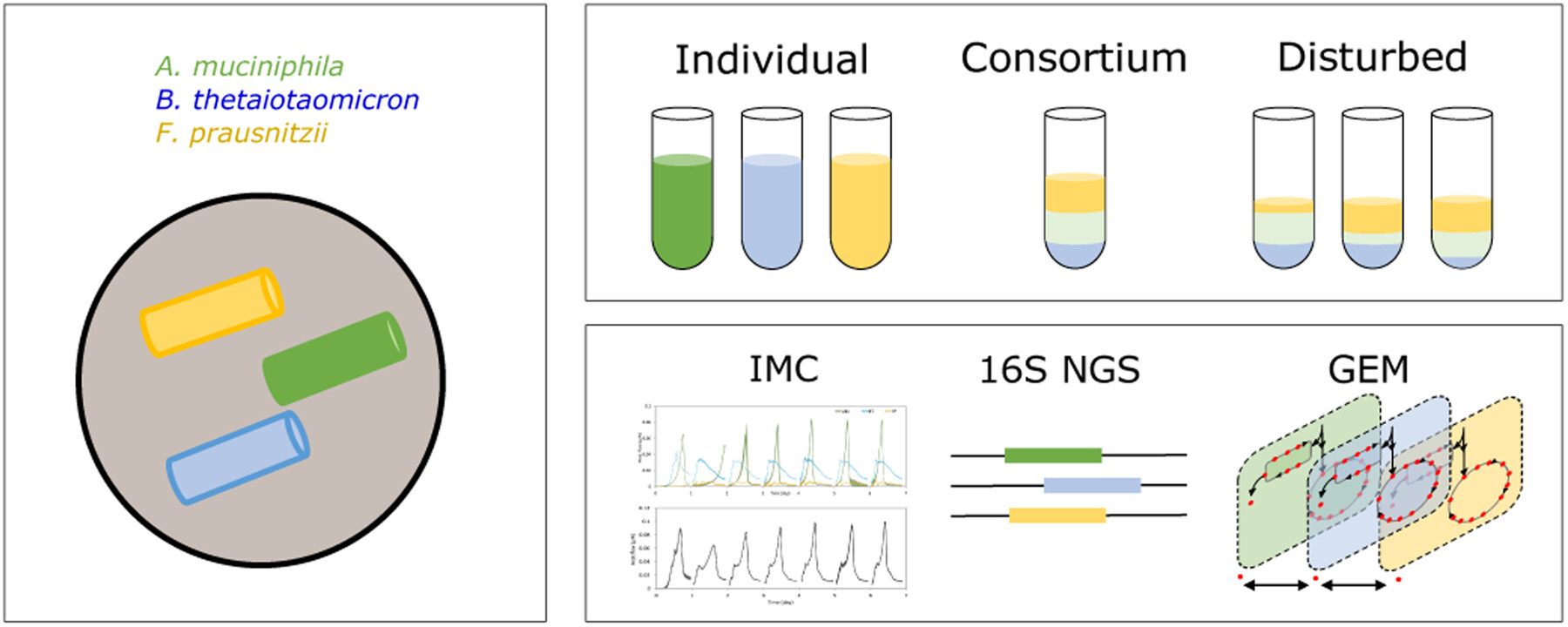
This research examined the stability and resilience of a consortium of human gut bacteria, namely Akkermansia muciniphila, Bacteroides thetaiotaomicron, and Faecalibacterium prausnitzii, in a nutrient-rich medium using mucin as the carbon source. The study employed an isothermal microcalorimeter to monitor the growth of individual strains and their consortium. The results indicated a slight metabolic interaction between the strains, a stability and acute resilience of the consortium composition.
In vivo examination of pathogenicity and virulence in environmentally isolated Vibrio vulnificus
- First Published: 23 July 2024
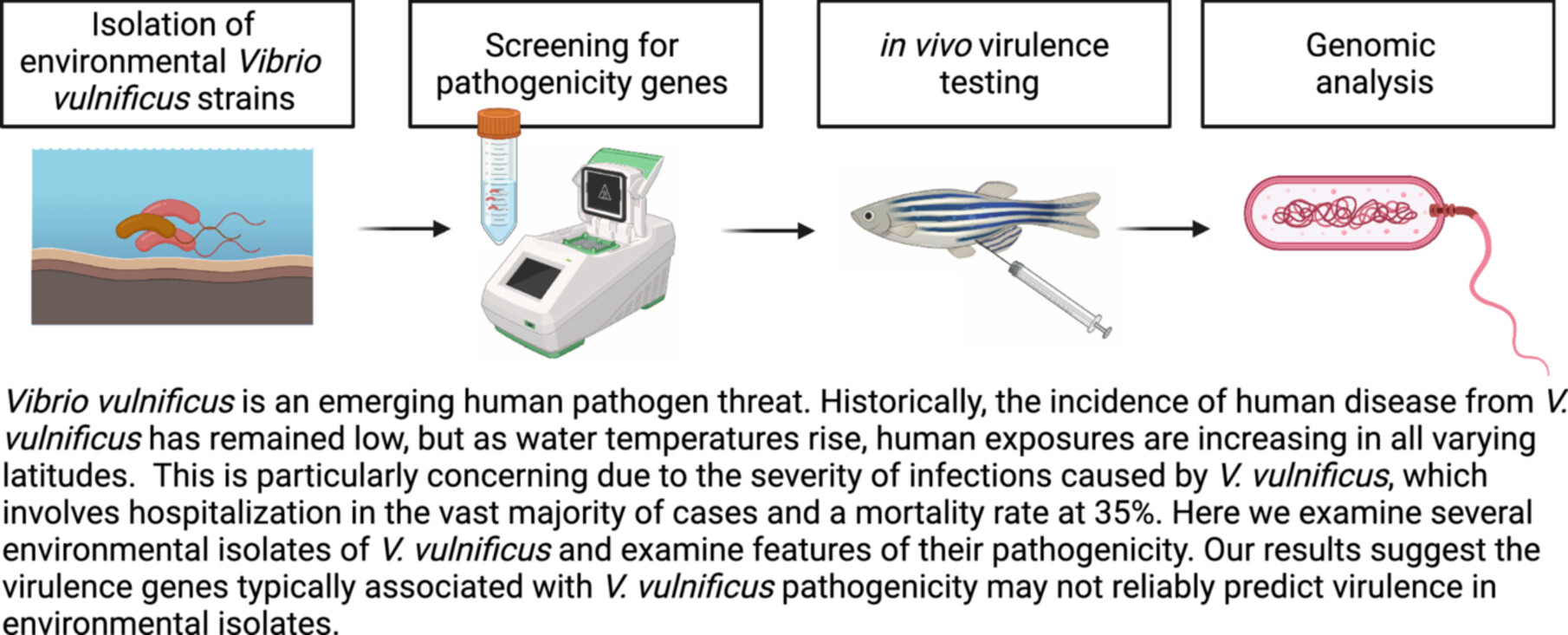
Vibrio vulnificus poses an emerging threat as a human pathogen. While the incidence of human disease from V. vulnificus has historically been low, rising water temperatures are leading to an increase in human exposure across various latitudes. The severity of infections caused by V. vulnificus is particularly alarming, with most cases requiring hospitalization and a mortality rate of 35%. In this study, we investigate several strains of V. vulnificus isolated from the environment and find that their levels of pathogenicity vary. Interestingly, the genotypes of these strains do not align completely with previously identified markers of virulence.
Reassessment of the genetic basis of natural rifampin resistance in the genus Rickettsia
- First Published: 31 July 2024
Bacterial diversity and geomicrobiology of Winter Wonderland ice cave, Utah, USA
- First Published: 12 July 2024
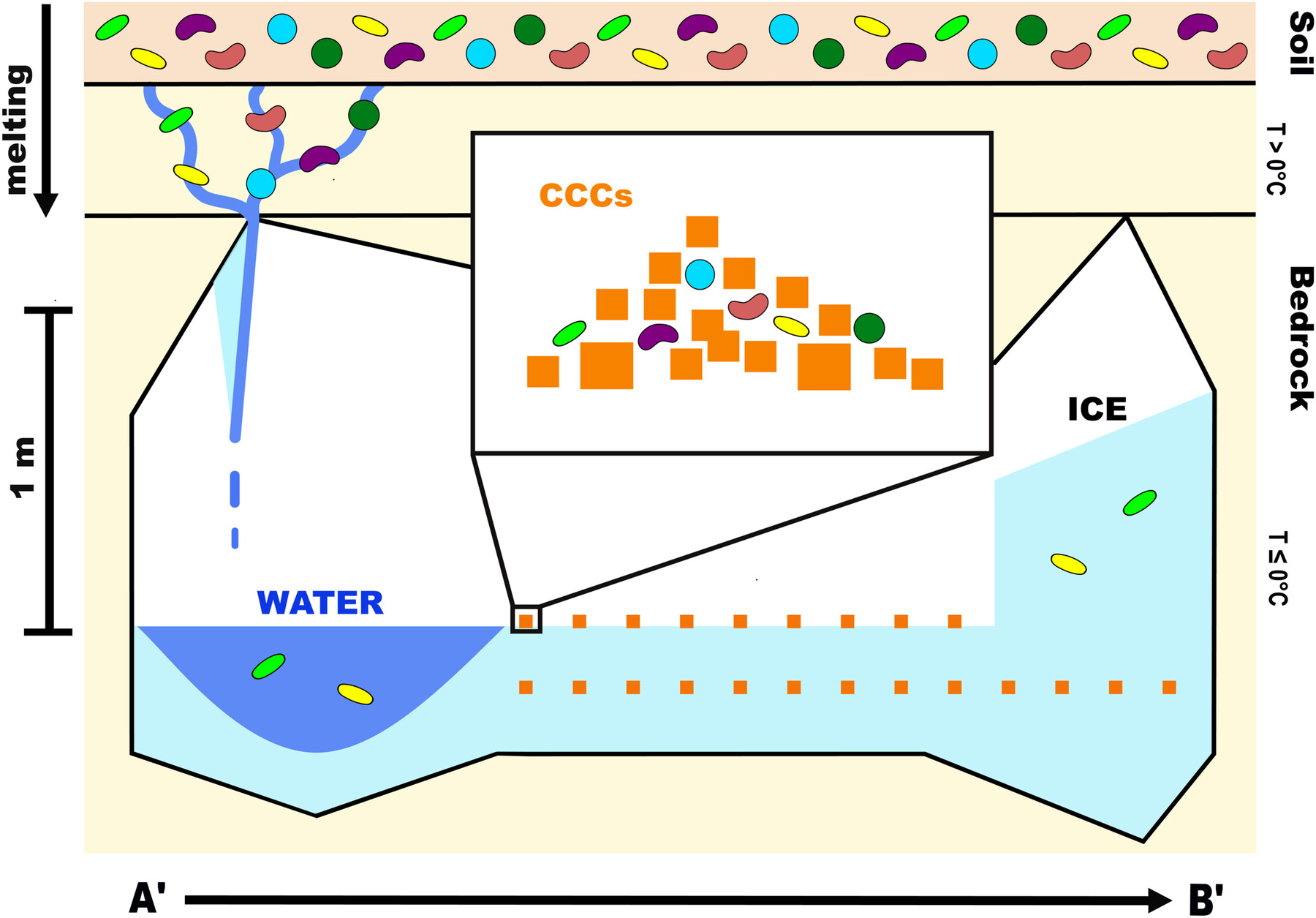
The initial findings on bacterial diversity and geochemical data indicate that microbes enter the Winter Wonderland ice cave from the epikarst, carried by seasonal meltwater. The presence of these microbes in water, cryogenic cave carbonates (CCCs), and ice suggests they originate from the soil and are preserved differently depending on the sample type within the cave system. Notable differences exist between the water and CCCs, as well as observable potential cells or calcite spherules. These findings warrant further investigation into the possibility of biological mineralization in this system.
New functions of pirin proteins and a 2-ketoglutarate: Ferredoxin oxidoreductase ortholog in Bacteroides fragilis metabolism and their impact on antimicrobial susceptibility to metronidazole and amixicile
- First Published: 07 August 2024
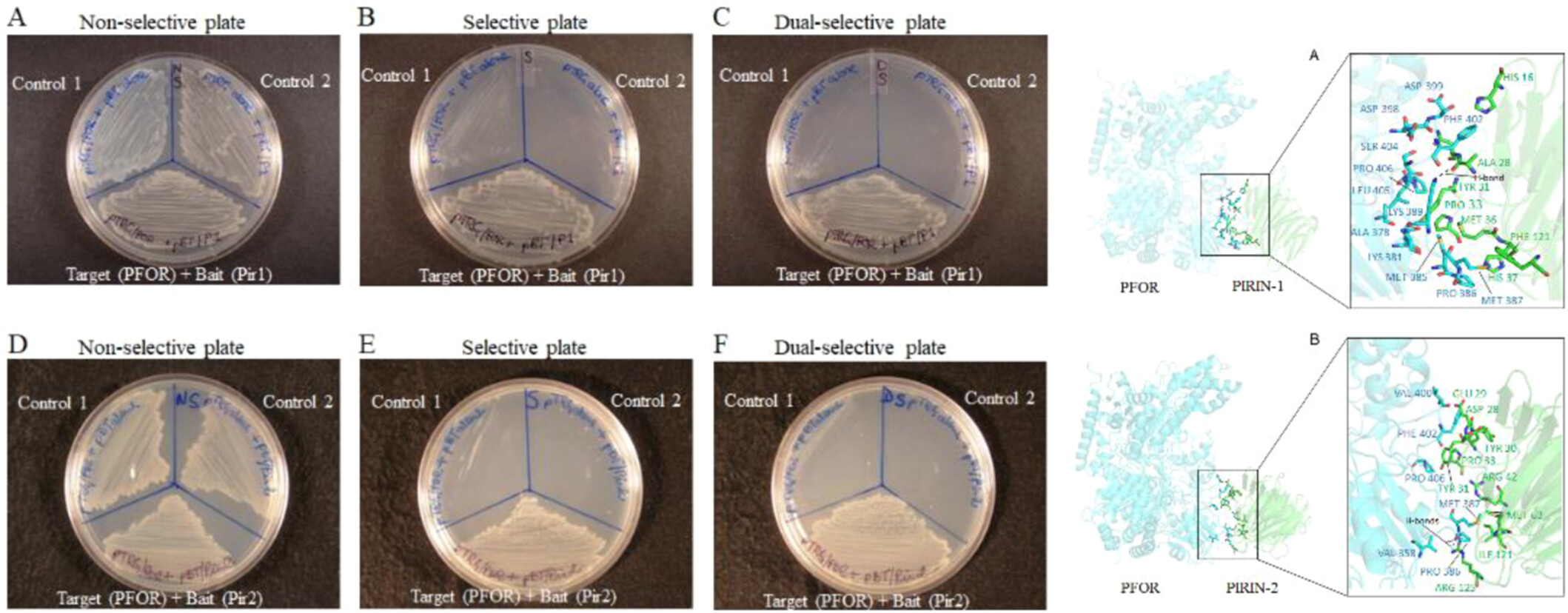
This study reveals that several enzymes involved in the central metabolism of Bacteroides fragilis are regulated by protein-protein interactions with pirin proteins. We observed changes in susceptibility to the antimicrobials metronidazole and amixicile in various metabolic mutants. Amixicile, a novel inhibitor that binds to thiamine−diphosphate dependent enzymes, has proven effective in eliminating B. fragilis in a model of intra-abdominal infection. Furthermore, we identified a 2-ketoacid: ferredoxin oxidoreductase as essential for growth and proposed its multifunctional roles.




